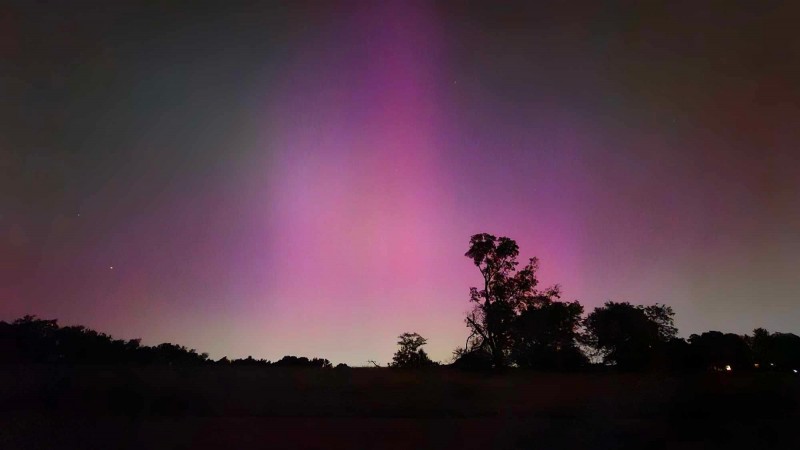Note from State Representative Bryan Terry of Murfreesboro:
Currently, several elected, and public figures are calling for the removal of the bust of Nathan Bedford Forrest at the Capitol. Being Native American, several have asked my opinion on the removal of his bust or other historical busts. As an enrolled member of the Choctaw Nation, I have my Certified Degree of Indian Blood from the Bureau of Indian Affairs, as well as the Dawes Roll numbers of my family. As a Tennessee Legislator with membership in a federally recognized tribe, I have a unique perspective on the situation and I feel that it is my duty to step up during this debate and offer another point of view.
It is my understanding that Andrew Jackson, nicknamed "Old Hickory", held another lesser known nickname, "Sharp Knife" from the Cherokees. Andrew Jackson earned this moniker due to his ruthless military campaigns against Indians. He was a proponent of forceful Indian removal and was known to order the killing of Indian women and children so as to ensure the eradication of Native Americans. While President, he signed the Indian Removal Act of 1830; thus, setting forth the events known as the Trail of Tears.
Last year, the 108th General Assembly unanimously passed HJR553, sponsored by Republican Caucus Leader Glen Casada, which expressed regret for the actions of Andrew Jackson and the role Tennessee played in the Trail of Tears. Additionally, HJR553 praised Tennessee Congressman Davy Crockett for his statesmanlike approach in opposing President Jackson. Governor Haslam subsequently signed the resolution. I would be remiss if I did not express my gratitude to Governor Haslam and the 108th General Assembly. However, we should not simply forget the need for the resolution and the role Native Americans have played in the history of Tennessee.
Prior to the settlement of Tennessee, the inhabitants of the land were Native Americans with Cherokee and Chickasaw being the most prominent. In fact, Tennessee derived its name from a Cherokee village named Tanasi meaning little river. Perhaps the most notable of all Tennessee Indians is Sequoyah, a Cherokee born in the village of Toskegee which is modern day Monroe County. Sequoyah was known for making the Cherokee syllabary which made it possible for the Cherokee to read and write. Following the Trail of Tears, the Cherokee Nation was fractured. Sequoyah made it his life's work to reunite the Cherokee Nation. Sequoyah was not only and educator, but a unifier.
As I look at the issue at hand, I see a fractured nation with many leaders looking to create further division. I see symbols, statues, and busts that have different meanings to different people. I don't look at the history of Nathan Bedford Forrest and Andrew Jackson for blame and contempt. I see them as part of the storied history of Tennessee as they provide examples of mistakes we should not repeat. As Andrew Jackson called for the removal of Native Americans, I will choose to not follow his example of intolerance and not call for the removal of the busts.
I will choose to follow the example of Sequoyah. As he dreamed of uniting a splintered Cherokee Nation, I, too, dream of working to unite a nation splintered by racism, fear, and intolerance. As opposed to calling for the removal of any bust, I will call for the addition of a privately funded bust or statue to the Capitol. Whereas Andrew Jackson removed Native Americans from their homes and from Tennessee, I would like to suggest that we commission a statue, bust, or monument of Sequoyah as a symbol of education and unity. For it is through education, we can learn to overcome our differences and become united.
Source:
State Rep. Bryan Terry of Murfreesboro













